Exploring Leadership: Understanding and Leading Change Approaches
VerifiedAdded on 2023/02/02
|11
|409
|99
Essay
AI Summary
This essay provides an overview of understanding and leading change within organizations by examining the contributions of various leadership approaches. It discusses autocratic leadership, where leaders make decisions without consulting subordinates; situational leadership, which involves adapting leadership styles to different situations; democratic leadership, which encourages employee participation in decision-making; and transactional leadership, which uses rewards and punishments to motivate employees. The essay highlights how each of these leadership styles can play a crucial role in effectively implementing changes and achieving organizational goals. The document concludes with a list of references.
1 out of 11

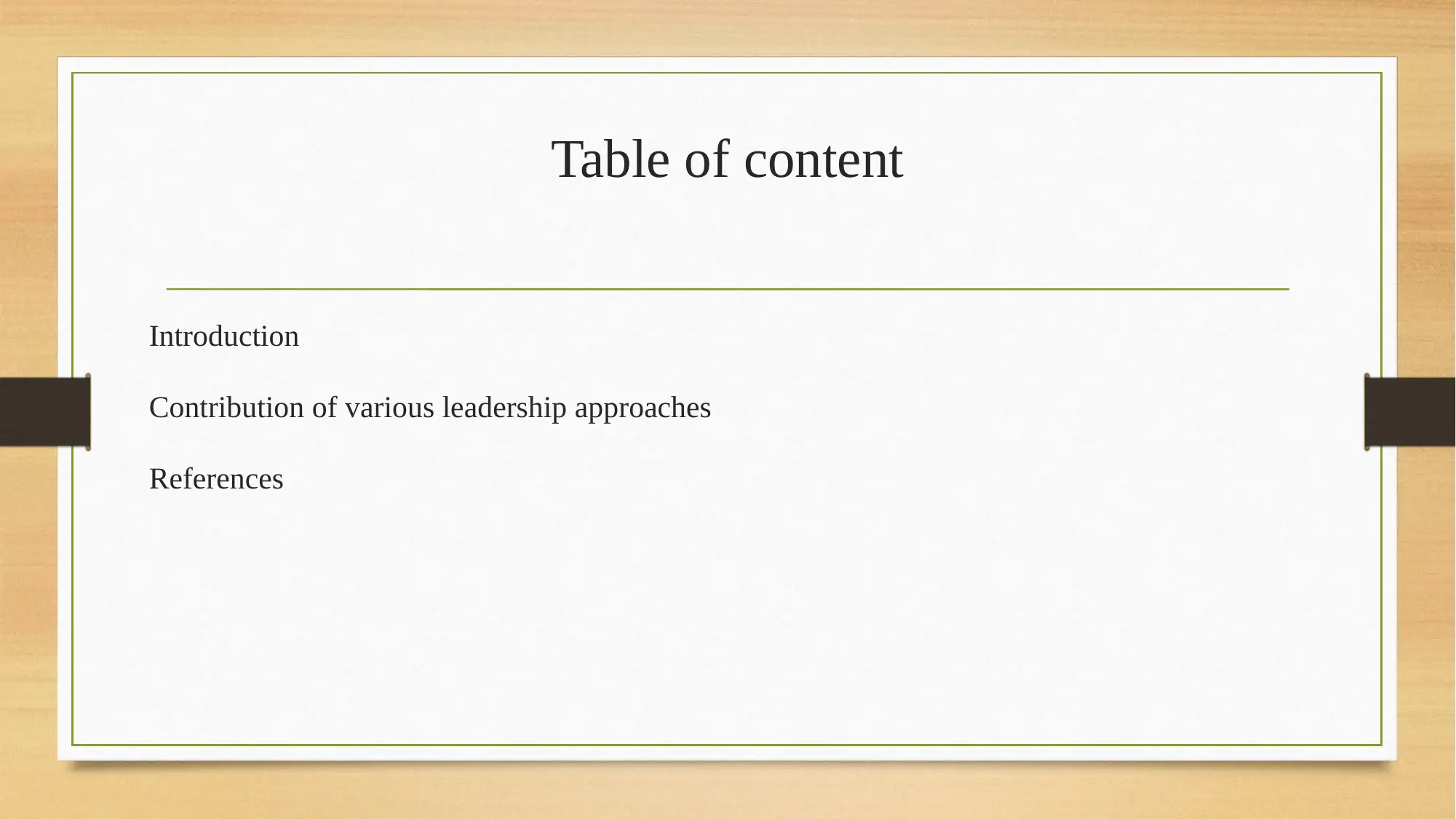
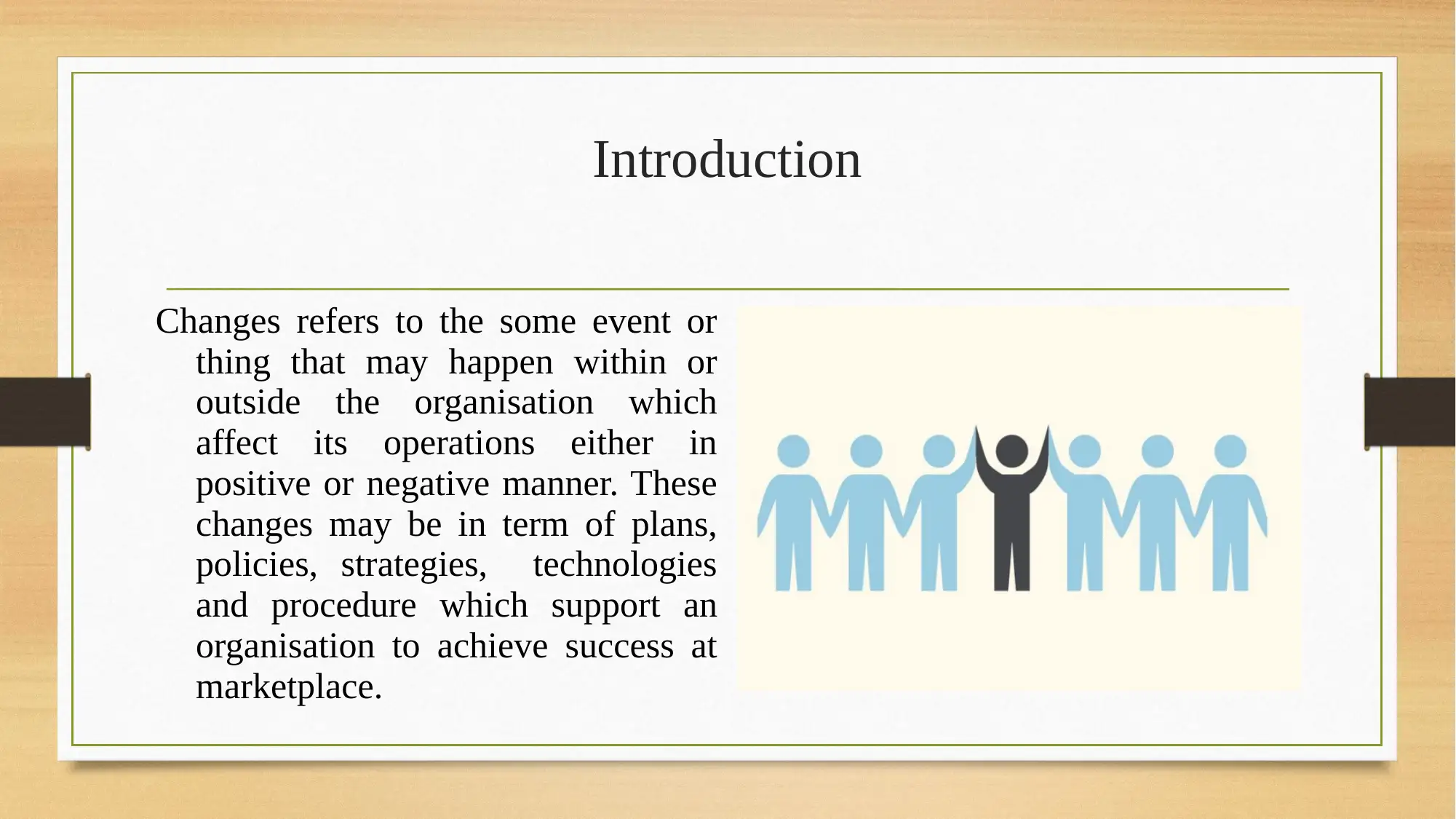

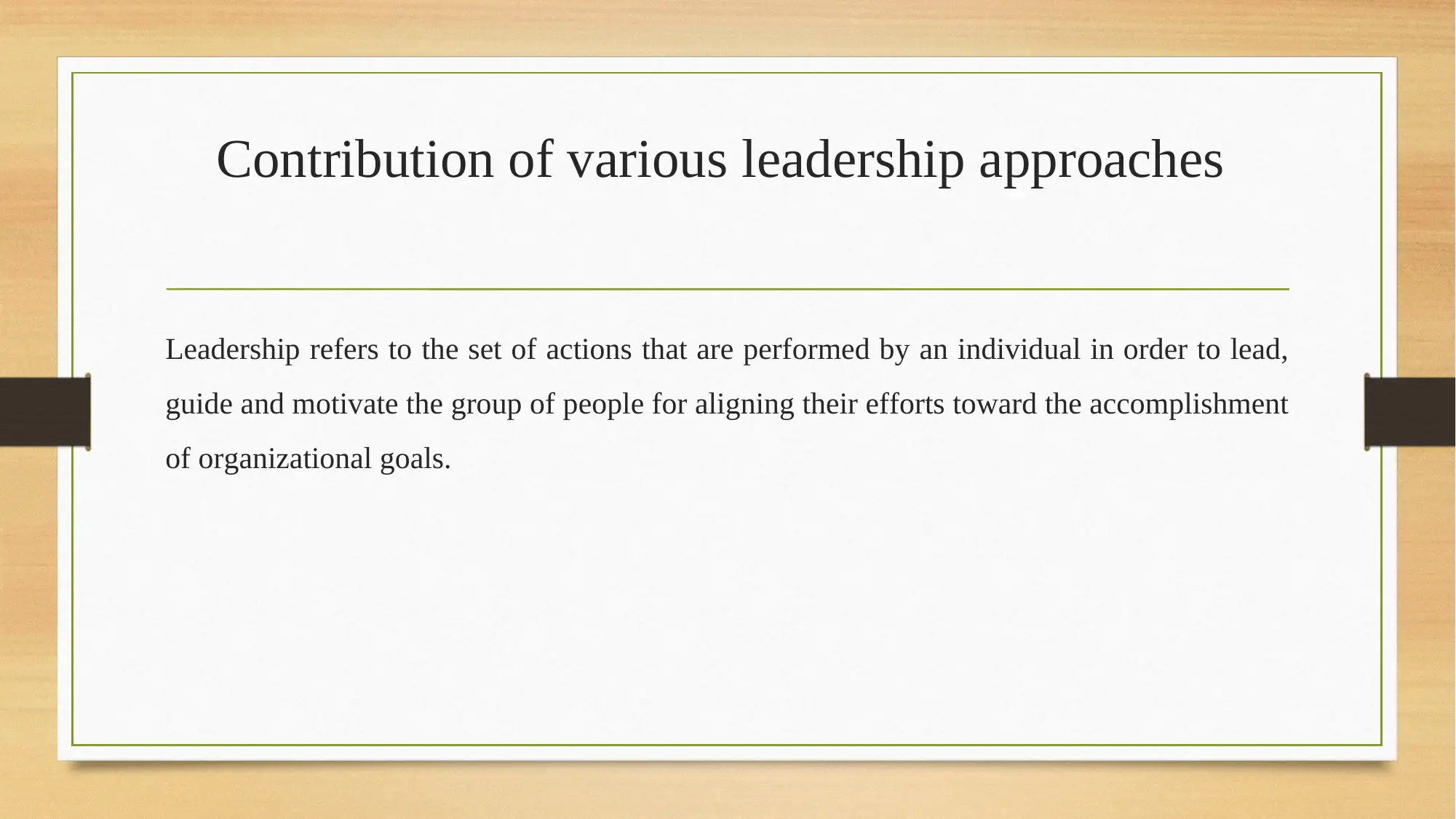
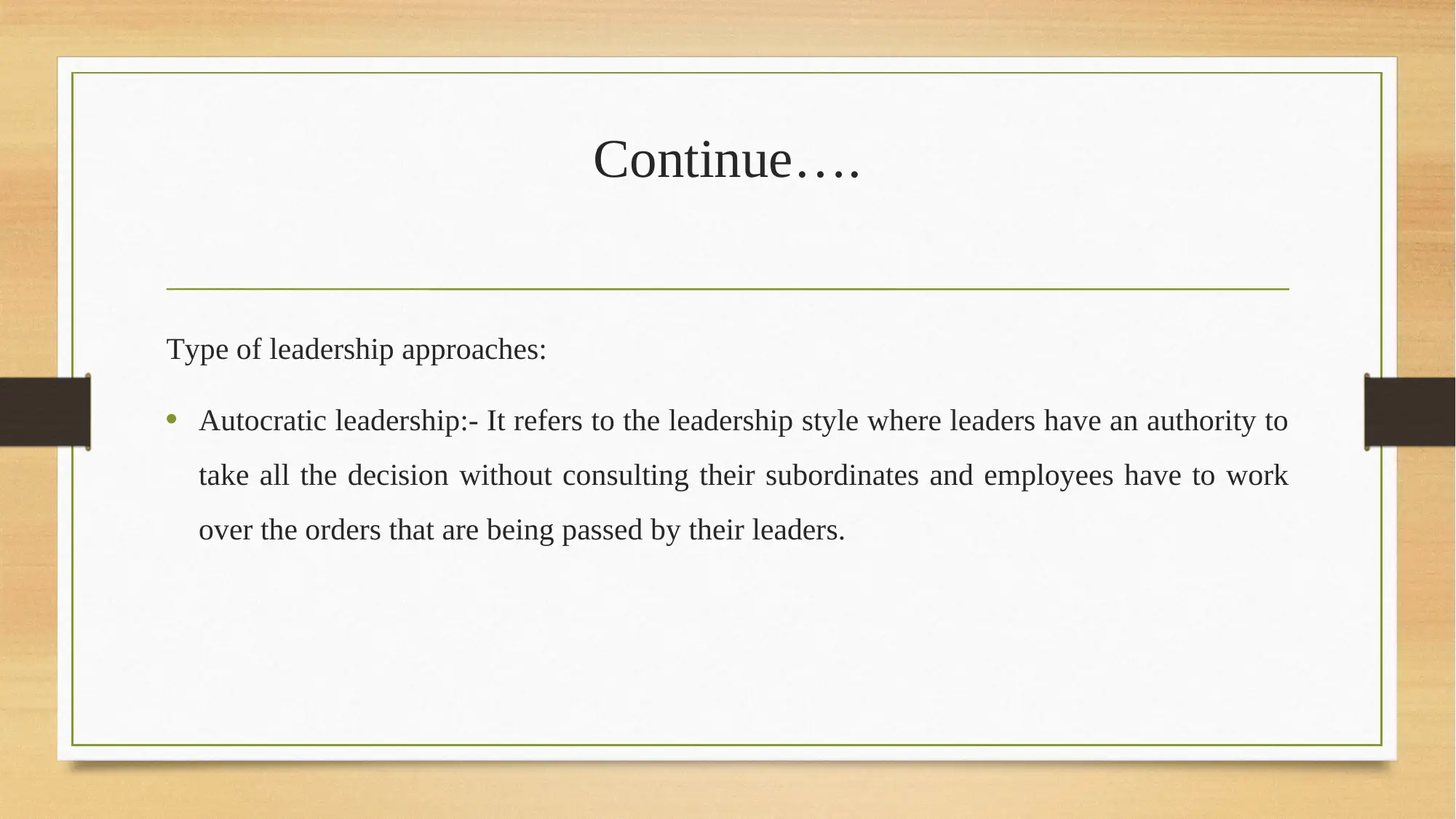
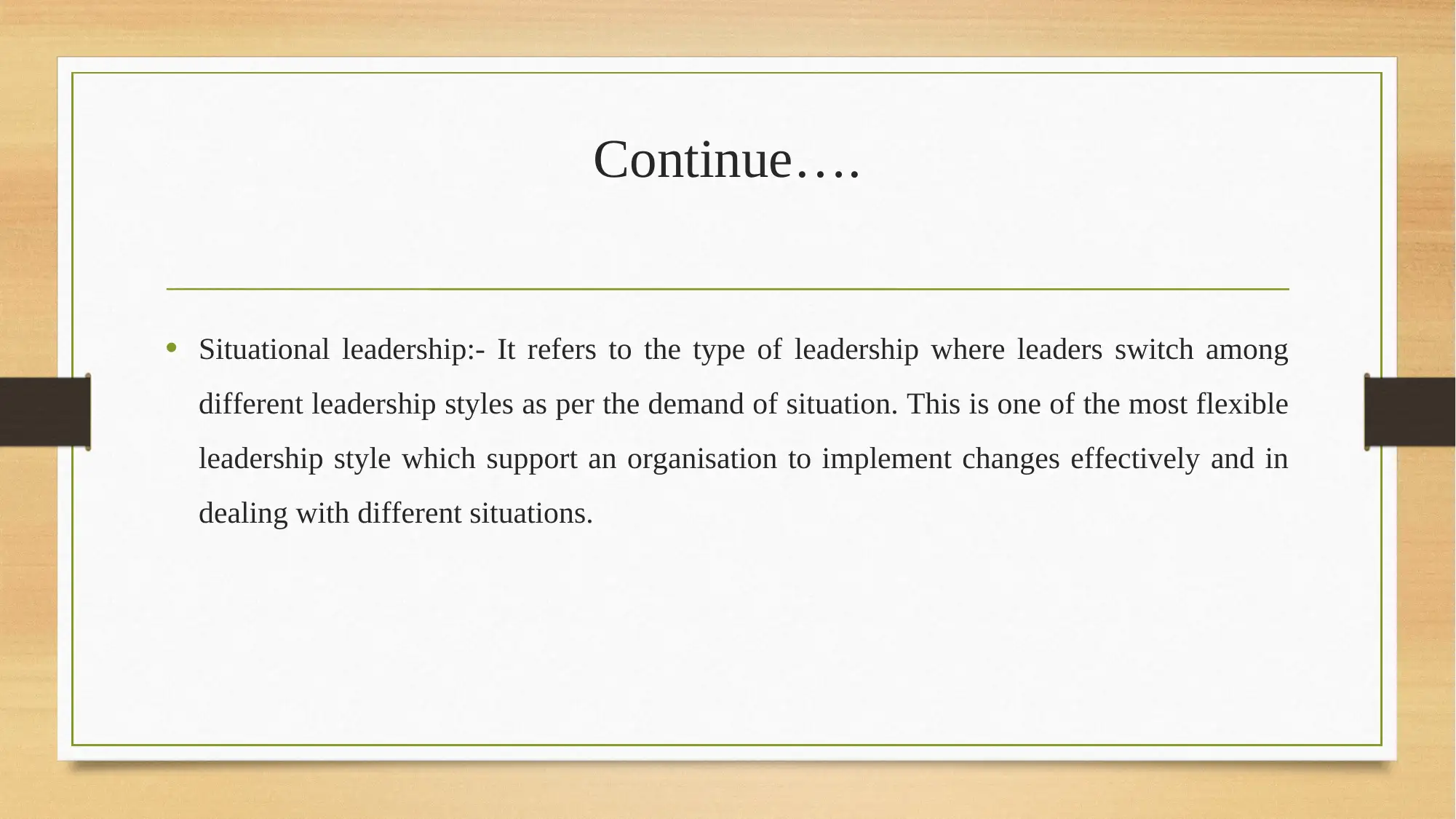
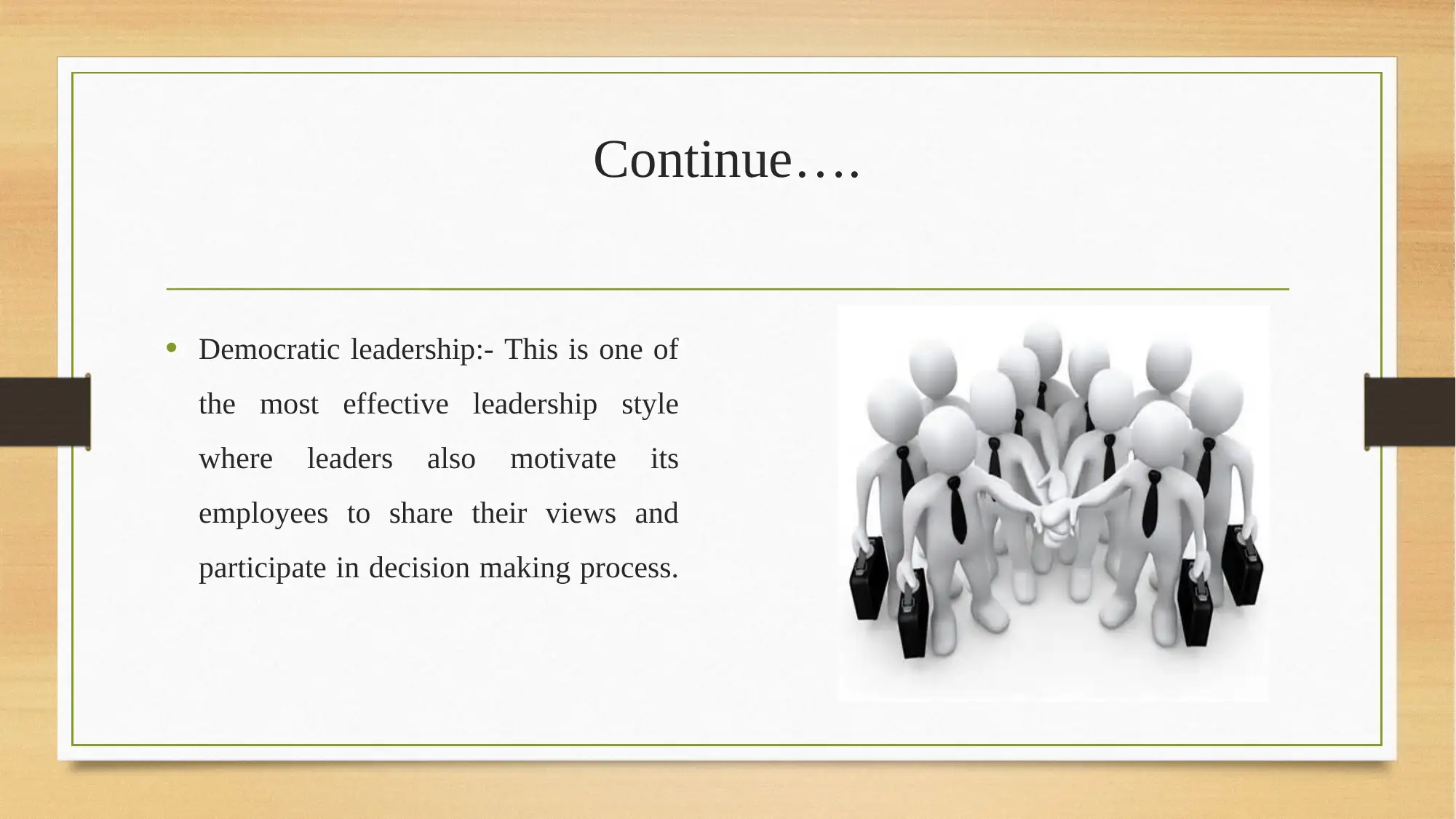
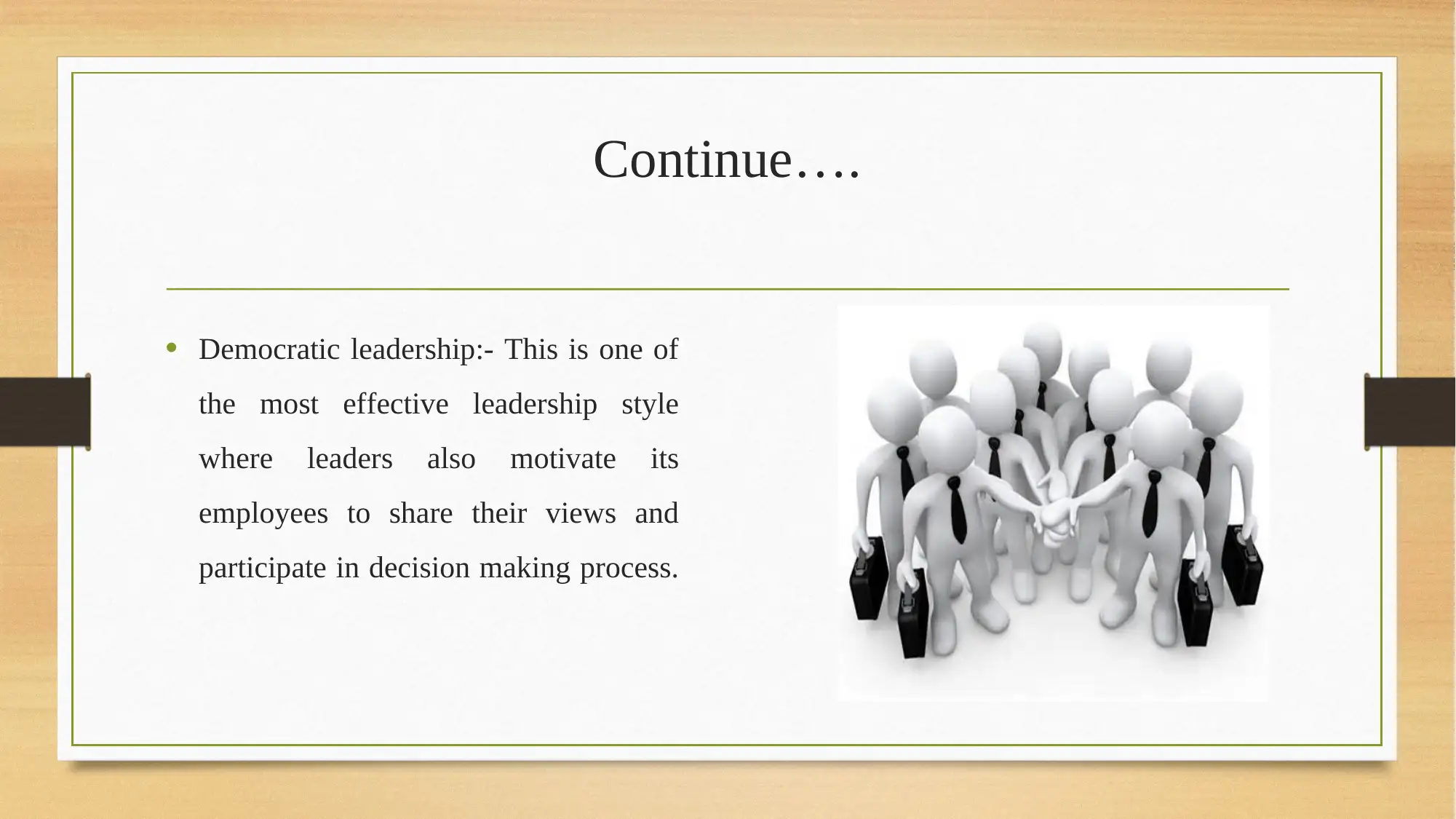
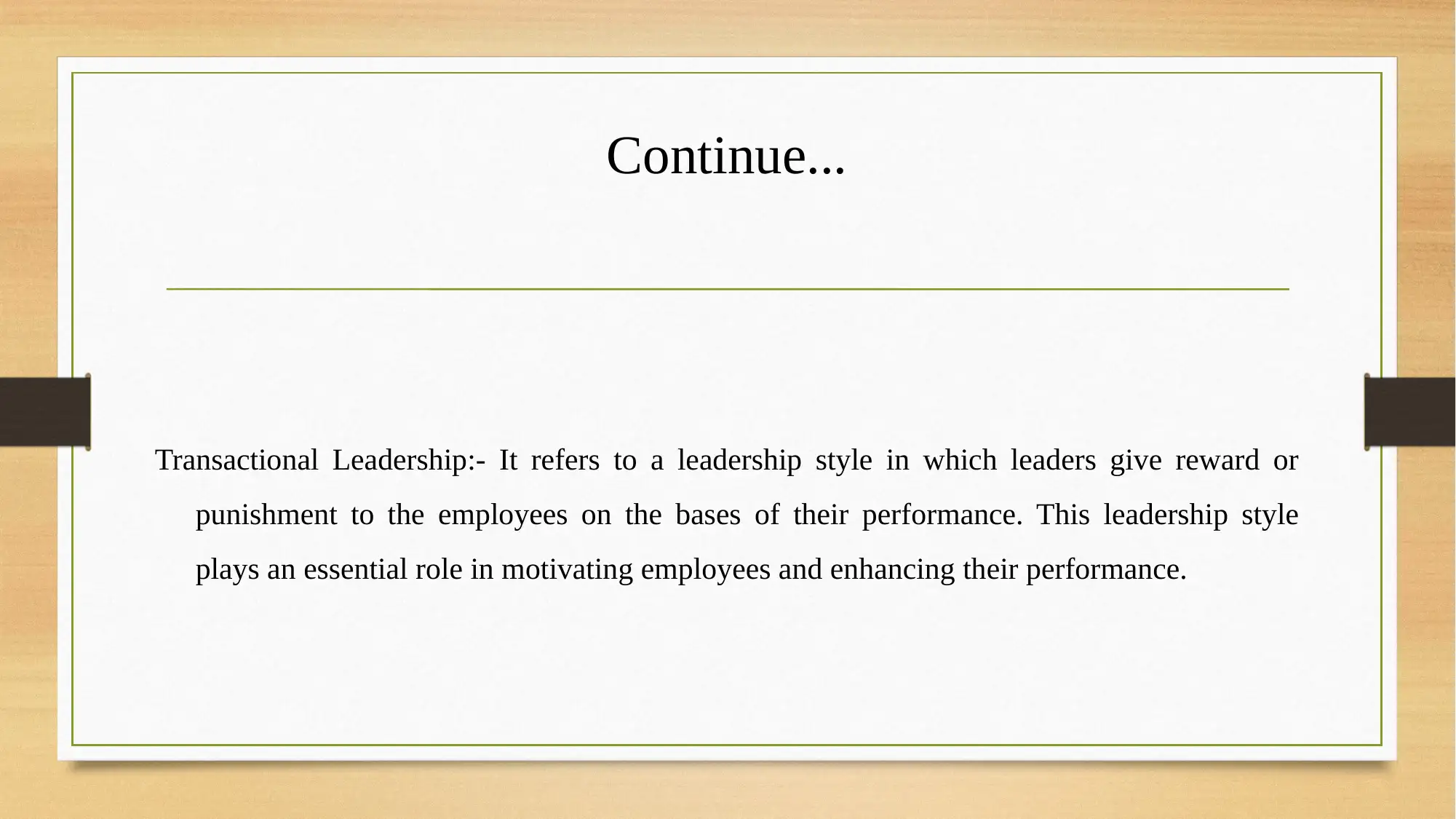








![[object Object]](/_next/static/media/star-bottom.7253800d.svg)